The warm weather is here, and it’s a great time to look for some of the very common butterflies as we walk around. The butterflies that I’ve photographed were all clicked in either gardens near my home, or in the Valley School campus, off Kanakapura Road; so you don’t have to go very far to find them!
“BLUES” are small butterflies, so called because we can see the blue colour when they are flying. Here’s a 6 line Blue
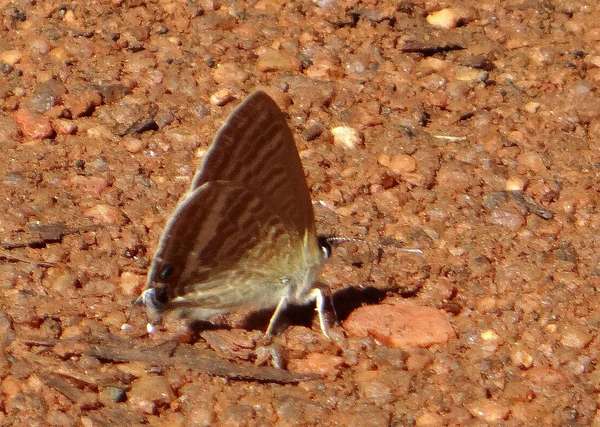
6 line Blue Pic: Deepa Mohan
Some of the butterfly names, of course, have no “why” to them. This on, the Pioneer is a beauty that often alights on grass or reeds:
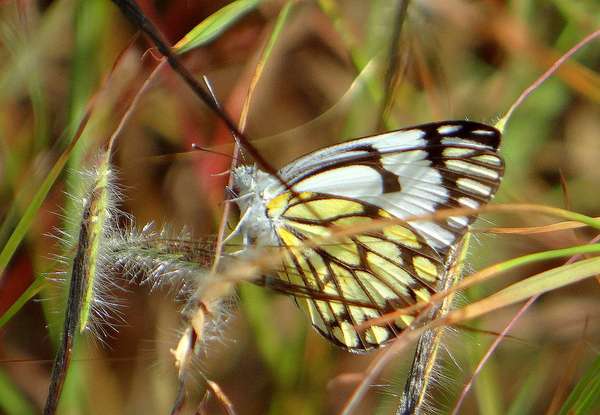
Pioneer. Pic: Deepa Mohan
If you see a flash of white and orange, you’ve probably seen the White Orange Tip:
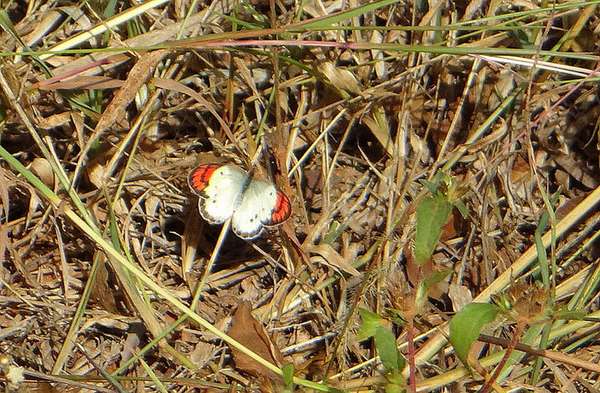
White Orange Tip. Pic: Deepa Mohan
This is what the same butterfly looks, with its wings closed:
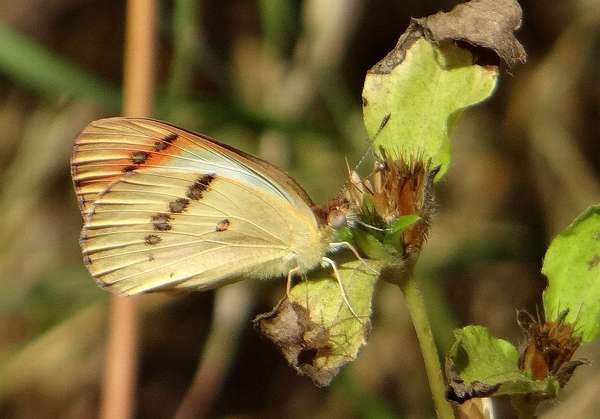
White Orange Tip. Pic: Deepa Mohan
Are you scared of Tigers? No need to be….Tigers are also a kind of butterfly! Here’s a Plain Tiger:

Tigers. Pic: Deepa Mohan
Most of the butterflies you can see have the adjective “Common” attached, showing how easily found they can be. Here’s a Common Gull:

Common Gull. Pic: Deepa Mohan
The Crimson Rose is one of our most common butterflies, and you might have seen it in several gardens:
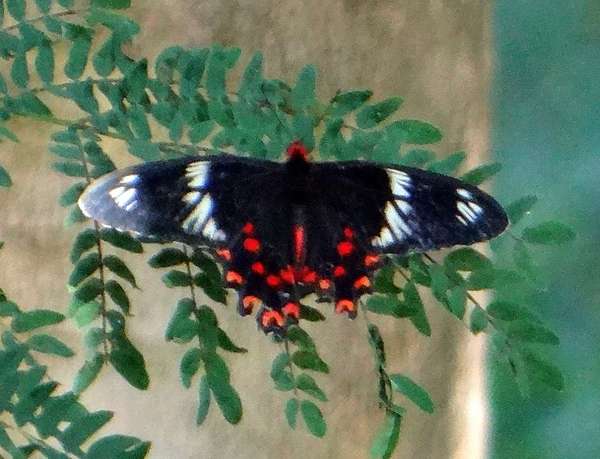
Crimson Rose. Pic: Deepa Mohan
A blue-green beauty that is also common is the Tailed Jay:
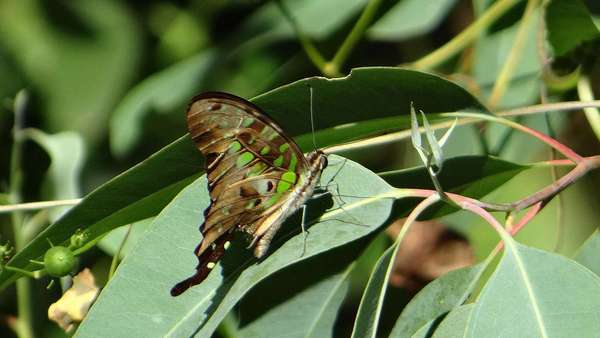
Tailed Jay. Pic: Deepa Mohan
Sometimes butterfly names are poetic. Imaging a light creature, wandering over fields and meadows! Here’s the Common Wanderer:
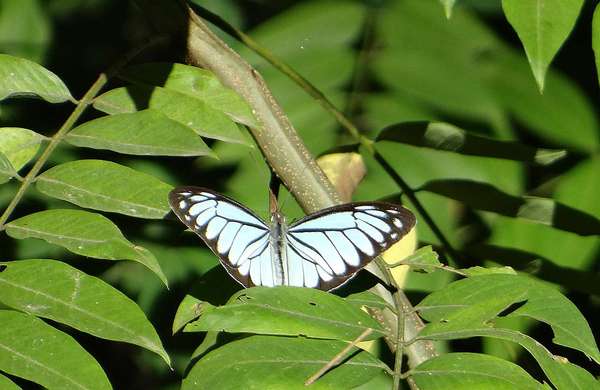
Common Wanderer. Pic: Deepa Mohan
I hope you’ve enjoyed these butterflies, and start looking out for these pretty creatures of the light and air as you walk around your neighbourhood!⊕